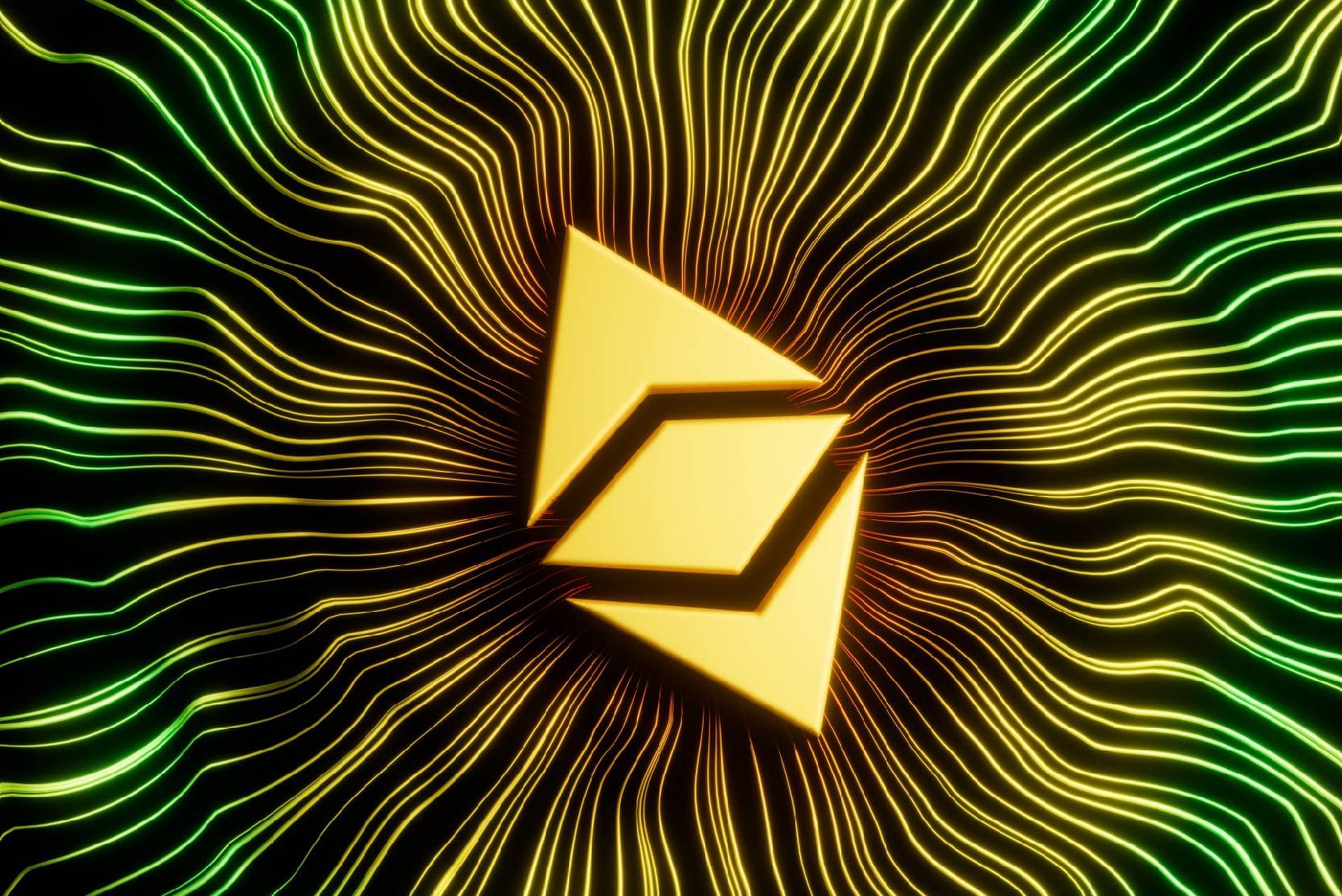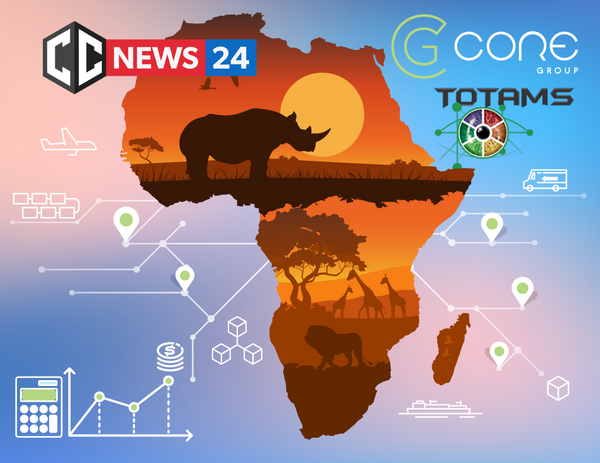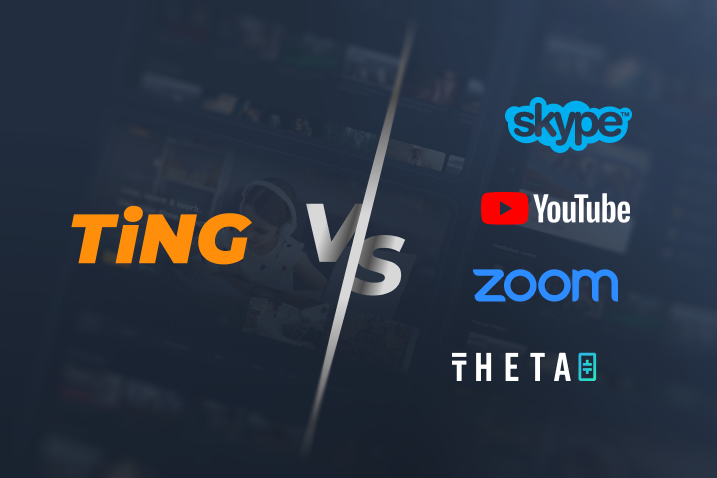Ethereum is the second biggest currency after Bitcoin. It's the Blockchain that pioneered smart contracts that allowed for the entire world of crypto apps and use cases and now hosts the vast majority of the decentralized finance activity.
Why is it called THE MERGE?
It's the merging of two independent blockchains that are currently running in parallel.

The Merge has completed its 'officially deprecating Proof-of-work (PoW) by eliminating the consumption of energy by 99.95%,' according to the Official Ethereum website. The need for energy-intensive mining hash rates has been eliminated, and has enabled the network “to be secured using staked ETH.” It also improves scalability and security via its new Proof-of-stake (PoS) consensus layer, the Beacon Chain.
"The merge will reduce worldwide electricity consumption by 0.2%" - @drakefjustin
— vitalik.eth (@VitalikButerin) September 15, 2022
The Merge is a big moment in the history of Ethereum, implementing a consensus mechanism called proof-of-stake. Even before the project launch, the merge will mark the moment where they will transition from mining — a consensus algorithm that is very similar to Bitcoin — to a new consensus algorithm that uses capital as opposed to mining power hash rates to validate blocks. The mechanics of how the merger will happen as it currently exists will merge with an existing network called the Beacon Chain, which was launched in December 2020.
The Beacon Chain will change Ethereum into a proof-of-stake blockchain. On the Beacon Chain, there are no transactions, there are no tokens or DeFi apps, and there are no NFTs. It is an empty blockchain and it is solely meant to be a blockchain that runs a proof-of-stake consensus mechanism.
With the Merge, the Beacon Chain has now become “the consensus engine for all network data, including execution layer transactions and account balances,” according to the Ethereum website.
The Impact
The Economic impact, as well as the environmental impact, which has gotten a lot of attention pulled towards it, the resources that are being consumed by the Ethereum network are equivalent to the nation states. It uses mining as Bitcoin to produce blocks in the network as a result it is very energy intensive. PoS changed the system by instead of having to post up hash rates, it impacted effectively posting up capital. Also, something that has changed is that instead of receiving mining rewards you will start receiving staking rewards. The staking rewards are proportionate to how much capital you have invested.
Ethereum Ethereum
— WolfOfEthereum.eth 🦇🐬🆙️ (@Crypto_Wolf_Of) September 15, 2022
30 minutes ago👇 Now👇 pic.twitter.com/cyQb3pAdtt
Instead of having eight individual mining pools producing blocks, you now have thousands of validators that are more on the retail side folks that are running nodes at home because proof of stake has less energy intensive. Hence, the big changes when it comes to who is actually receiving new Ethereum via inflation effectively and there is going to be more security as a result of that more decentralization.
The barriers for entries are substantially lower as the result, we can all do it using a regular computer although it is still recommended that we use the server to prevent the possibility of your computer crashes. When it crashed, you lose the money.








